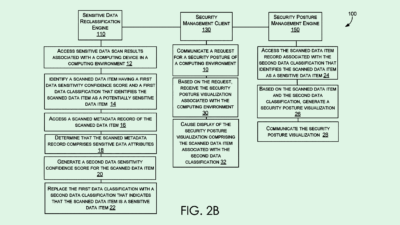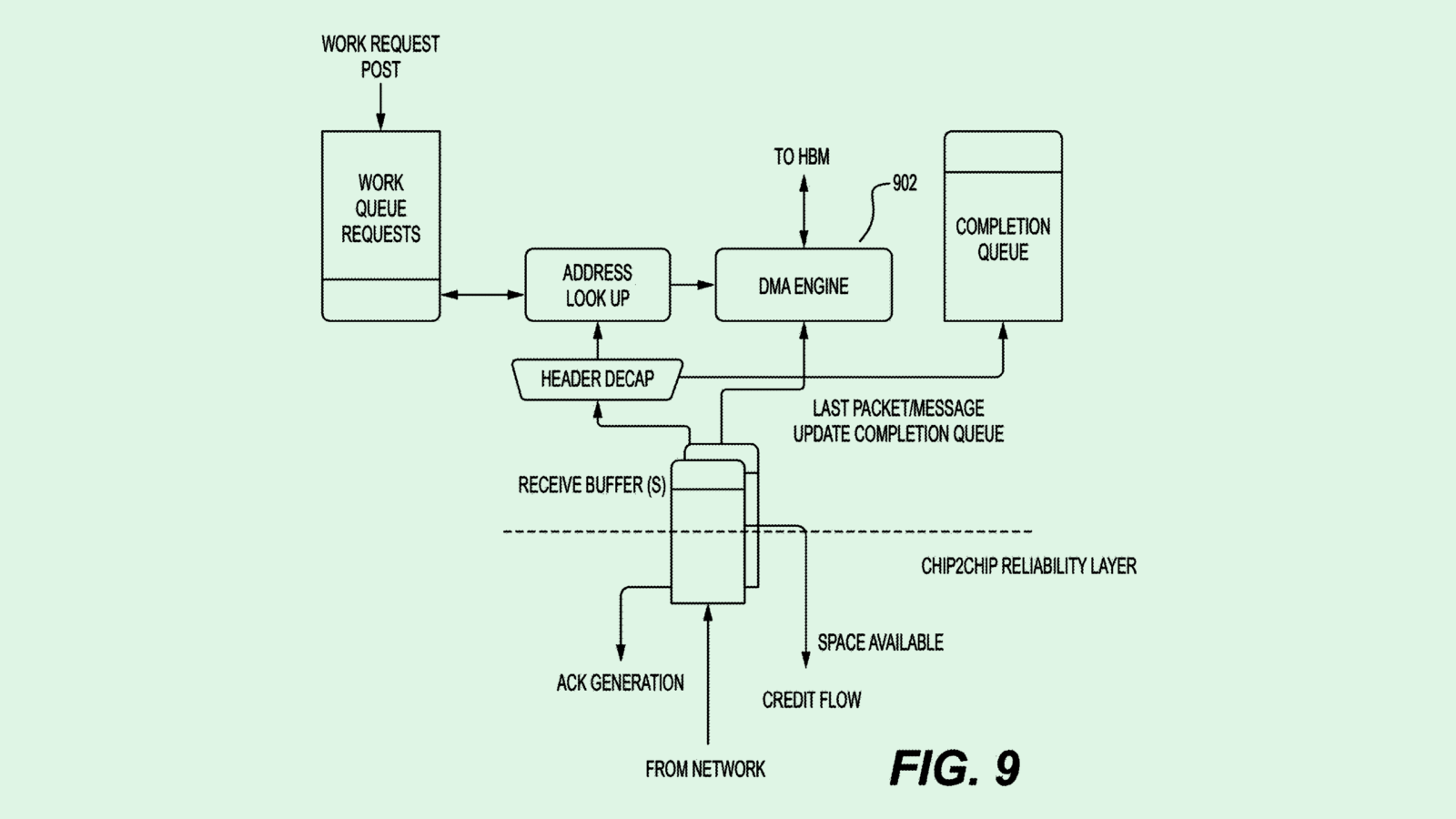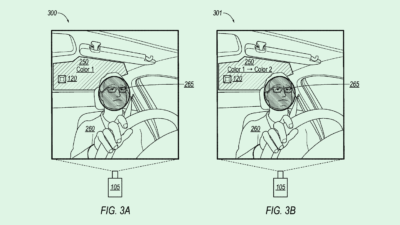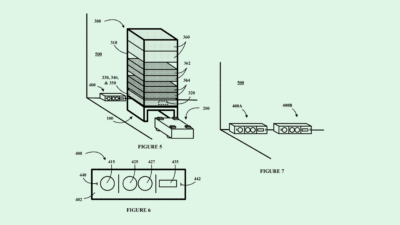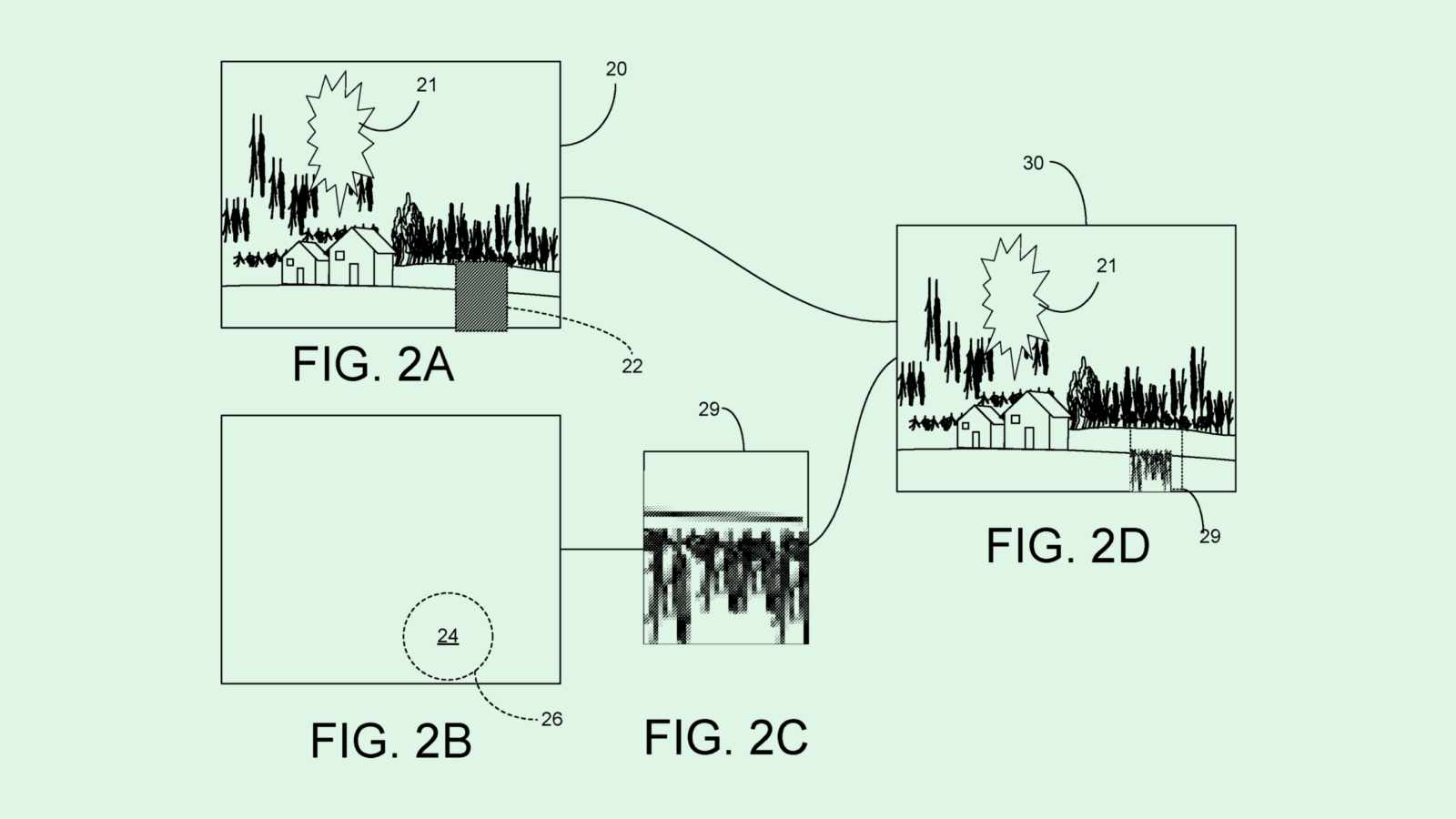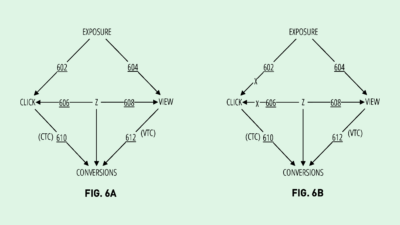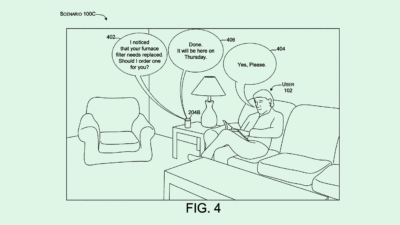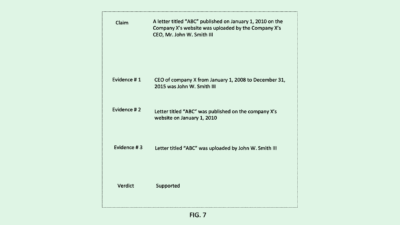Honda’s Renewable Charging Rewards Could Boost EV Bet
Its recent patent for a renewable energy credit system could create needed incentives to get consumers to pay for pricey EVs.
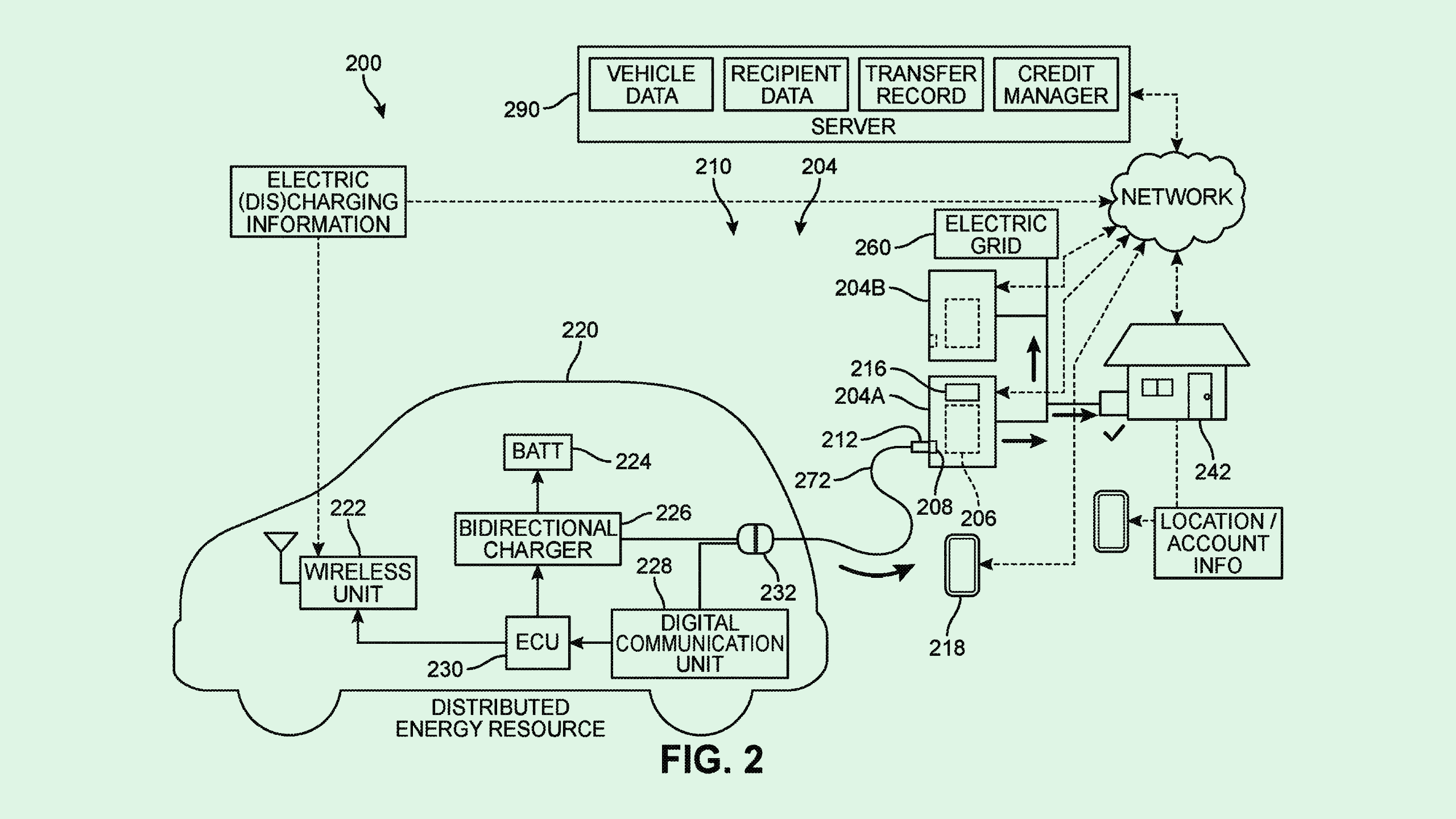
Sign up to uncover the latest in emerging technology.
Honda wants your EV to give back.
The Japanese automaker is seeking to patent a “renewable energy credit management system” for electric vehicles. Honda’s filing proposes a way to offer drivers credits and compensation for feeding electricity back to the grid with renewable resources.
“Considered as a pooled resource, the growing number of electric vehicle batteries may provide a wide range of valuable grid services, from demand response and voltage regulation to distribution-level services, without compromising driving experience or capability,” Honda said in the filing.
Honda’s tech uses a “vehicle-to-grid” framework and bidirectional charging to use EVs as “distributed energy resources.” This system includes a server that monitors when a car gives back and if the energy they gave is renewable, keeping track of this using a car owner’s vehicle registration information. The “discharging information” of that vehicle is then sent to an energy regulatory authority (for example, the Air Resources Board or the Verified Carbon Standard, Honda noted), which calculates how much a car owner will be compensated from the energy they gave.
When a car owner gives renewable charge back to the grid, they receive one “renewable energy credit” for every megawatt-hour of power given. The owner, in turn, can then sell those credits for cash, likely back to Honda, allowing them to “potentially lower the cost of electric vehicle ownership.”
Renewable energy credits offer “certified proof” that the owner uses renewable energy from the grid and allows the owner to lower their carbon footprint, making them incredibly valuable to companies with big climate goals.
Like most other vehicle manufacturers, Honda is racing toward electrifying its fleet. In January, the company unveiled plans to launch a series of new electric vehicles by 2026, with sales starting in North America. The company debuted two concept models that will be part of what it calls the “Honda 0 Series” at the Consumer Electronics Show.
The line-up is part of the company’s ambitious goals of selling 2 million EVs annually by 2030, and selling solely zero-emissions vehicles by 2040, including fuel cell vehicles such as hydrogen-powered cars. But the company has some work to do, having only just entered the US market this year with its first EV offering, the Honda Prologue SUV.
As the company plays EV catch-up to other automakers, diversifying its offerings could give Honda a leg up in a crowded space, said Madeline Ruid, AVP and research analyst at Global X ETFs. “Traditional carmakers that are able to offer unique EV solutions could benefit as the race toward electrification gains pace and becomes more competitive,” Ruid noted.
But the EV transition faces a major hurdle: the US power grid. Bringing more EVs into the fold adds pressure to a power grid that’s already stressed from things like extreme weather events. Plus, the grid being largely reliant on non-renewable sources such as fossil fuels creates another argument for EV naysayers, said Ruid.
However, technologies like those in Honda’s patent “could help EVs transform from a potential stressor into a likely solution for increasingly complex power grids,” she said.
As it stands, EV demand has slowed and sales have hit a rough patch, with the price tag being a major sticking point for consumers. Any tech that lowers the cost of these vehicles and that entices drivers to make the switch could prove beneficial, said Ruid.
Plus, Honda also isn’t the only company that’s working on ways to share the power. Ford has filed applications for several bidirectional power patents, including one method that supports households during power outages and a technique that allows a fleet of EVs to charge one another during demand peaks. Given Ford’s commitment to electrification and vehicles already on the market in the US, Honda’s vehicle charge-back technology may have some competition.



